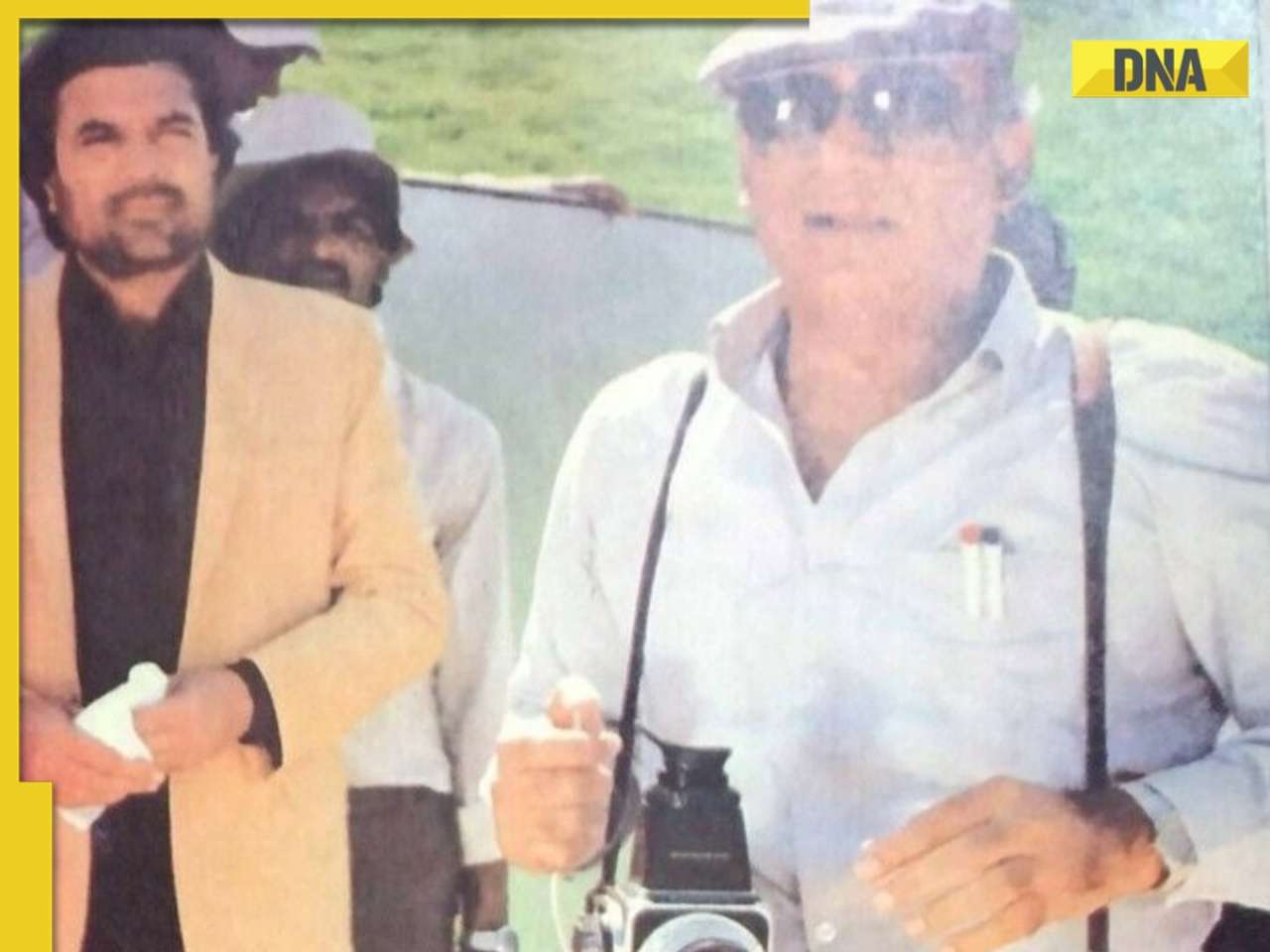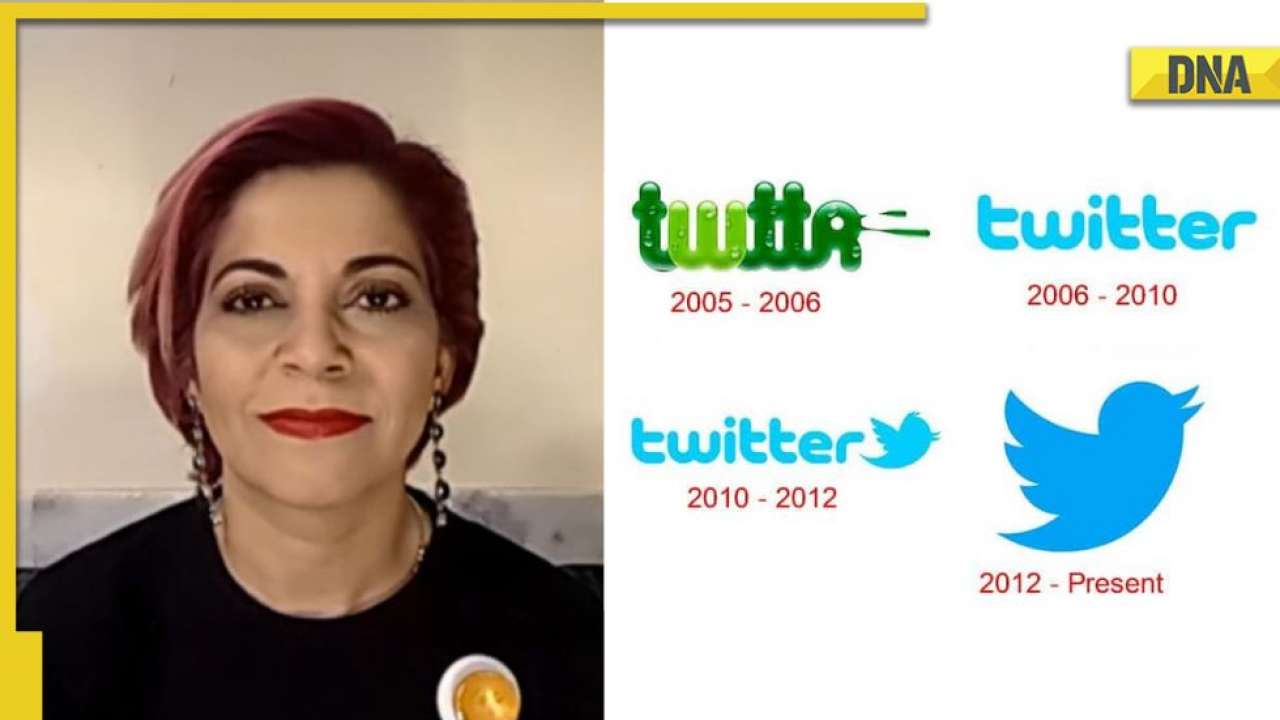By 2050, nearly every sixth person on the planet will be above 65—what does this mean for India and the world?
The global demographic clock is ticking toward a profound transformation: the aging of the human population. What began as a challenge primarily for high-income countries is now rapidly becoming a worldwide economic, social, and policy concern. According to the World Health Organisation, by 2030, one in six people globally will be aged 60 years or older. By 2050, this figure will double to 2.1 billion. Even more strikingly, the population aged 80 and above is set to triple—from 143 million in 2020 to 426 million in 2050.

The Shift: Not Just a Western Challenge Anymore
While Japan remains the poster child for demographic aging—where over 30% of citizens are over 60—developing countries are now aging faster. By 2050, nearly two�thirds of the world’s older population will live in low- and middle-income nations, including India. Asia, in particular, is undergoing the fastest demographic transformation. By mid-century, the proportion of people aged 65 and older is projected to touch 40% in economies like Japan, South Korea, and Hong Kong. This is a steep climb from today’s global average of ~12% and raises serious concerns about workforce sustainability, healthcare affordability, and long-term growth.
Aging and the Economic Equation: What the Numbers Reveal
Based on OECD data, the old-age dependency ratio—the number of individuals aged 65+ per 100 working-age adults—is expected to rise sharply:
• In 1980: 20 elderly per 100 working adults
• By 2060: 58 elderly per 100 working adults
In economic terms, this shift implies a rising financial burden on fewer workers. Countries such as Japan and South Korea could see their working-age populations shrink by 35% or more. Meanwhile, nations like Israel and Mexico, buoyed by higher fertility rates, may see workforce increases of over 20%. India stands at a crossroads. With a current median age of just under 29, the country still enjoys a demographic dividend. But this window is narrowing rapidly. According to UN data, India’s elderly population (aged 60+) will more than double by 2050—from 149 million today to over 330 million. Planning for this transition now is critical.
Risks on the Horizon: The Five Economic Fault Lines
1. Labor Market Pressures
A shrinking workforce will lead to skill shortages, wage inflation, and lower productivity. Businesses may struggle to fill roles, particularly in healthcare, manufacturing, and logistics.
2. Rising Healthcare Costs
Longer lifespans don’t always translate to healthier years. The elderly are more susceptible to chronic diseases, increasing the need for long-term and at-home care. As per WHO estimates, healthcare costs can spiral to 10–15% of GDP in advanced economies unless reined in through policy and innovation.
3. Pension System Strain
The world faces an estimated $400 trillion retirement savings shortfall by 2050. Existing pension systems in many countries—especially pay-as-you-go models— may prove unsustainable without substantial reforms.
4. Economic Growth Deceleration
Older populations tend to consume more but produce less, leading to slower GDP growth. IMF projections indicate that countries with rapidly aging populations could see a 1–2 percentage point reduction in annual growth over the next two decades.
5. Capital Flight and Redistribution
As aging reduces domestic returns on capital, there may be large-scale capital flows from older to younger economies. This could tilt global investment trends, shifting economic power to regions like Africa, Southeast Asia, and Latin America.
What Economists Are Saying
Economists worry that population aging resembles a hidden tax on economic output. A macroeconomic model cited by the World Economic Forum estimates the impact of aging-related morbidity and healthcare spending to be equivalent to a 3–10% tax on GDP. In the U.S., caregiving obligations for elderly parents are already reducing workforce participation, especially among women. Moreover, aging societies tend to become more risk-averse—dampening entrepreneurship, venture capital flows, and innovation-led growth.
India’s Strategic Imperative
While India is not yet in crisis mode, the warning signs are flashing. By 2036, nearly 15% of Indians will be aged 60 or above. Without timely reforms, this could result in:
• Rising healthcare demands in states like Kerala and Tamil Nadu
• Pension liabilities in public sector units
• Urban infrastructure strain in second-tier cities
Proactive strategies—including strengthening geriatric care, creating age-inclusive workplaces, building retirement-ready financial products, and investing in digital health—can position India as a global model for managing aging transitions.
The Silicon Valley Longevity Bet
Interestingly, global tech leaders are racing to delay aging itself. Jeff Bezos, Sam Altman (OpenAI), Peter Thiel, and Bryan Johnson have collectively poured billions into biotech firms like Altos Labs, Retro Biosciences, and Unity Biotechnology. These ventures are exploring cellular rejuvenation, gene therapy, and epigenetic reprogramming.
• Altman has invested $180 million into anti-aging R&D and reportedly uses the diabetes drug metformin off-label to slow aging.
• Peter Thiel, a vocal longevity enthusiast, has funded cryonics and regenerative medicine.
• Jeff Bezos is backing Altos Labs, which is recruiting world-class researchers to "reverse biological aging."
Although such technologies are in nascent stages, the longevity industry is projected to surpass $600 billion by 2025, offering promising intersections with pharma, AI, and healthcare in India.
Looking Ahead: Building Resilience in an Aging World
As the United Nations marks the “Decade of Healthy Ageing” (2021–2030), the message is clear: aging is not merely a medical or fiscal issue—it is a societal one. The time to build resilient systems is now. Those countries that prepare proactively—by leveraging technology, reforming social security, and embracing inclusive economic models—will not only mitigate the risks of aging but also unlock its hidden potential. India still has time on its side. But the window is closing. A youthful nation today must prepare for the grey tomorrow.
(Disclaimer: The views expressed above are the author's own and do not reflect those of DNA)
 IND vs ENG: R Ashwin declares management's 'batting depth' theory flawed, makes explosive case for Kuldeep Yadav
IND vs ENG: R Ashwin declares management's 'batting depth' theory flawed, makes explosive case for Kuldeep Yadav Sukesh Chandrashekhar promises 2BHK flats worth Rs 1 crore to Jacqueline Fernandez fans in a lucky draw for...
Sukesh Chandrashekhar promises 2BHK flats worth Rs 1 crore to Jacqueline Fernandez fans in a lucky draw for... Israel makes it mandatory for military officers to study Islam and learn Arabic due to...
Israel makes it mandatory for military officers to study Islam and learn Arabic due to... Neeraj Chopra vs Arshad Nadeem showdown in Poland Diamond League uncertain as Pakistani javelin star....
Neeraj Chopra vs Arshad Nadeem showdown in Poland Diamond League uncertain as Pakistani javelin star.... This company bags Rs 2000 crore contract from Defence Ministry for...; not HAL, Mazagon Dock
This company bags Rs 2000 crore contract from Defence Ministry for...; not HAL, Mazagon Dock Other than heart attacks or BP : 7 hidden heart conditions triggered by oily foods
Other than heart attacks or BP : 7 hidden heart conditions triggered by oily foods 7 most captivating space images captured by NASA you need to see
7 most captivating space images captured by NASA you need to see AI-remagined famous Bollywood father-son duos will leave you in splits
AI-remagined famous Bollywood father-son duos will leave you in splits 7 superfoods that boost hair growth naturally
7 superfoods that boost hair growth naturally Confused between Forex and Credit cards for your international trip? Learn which saves more
Confused between Forex and Credit cards for your international trip? Learn which saves more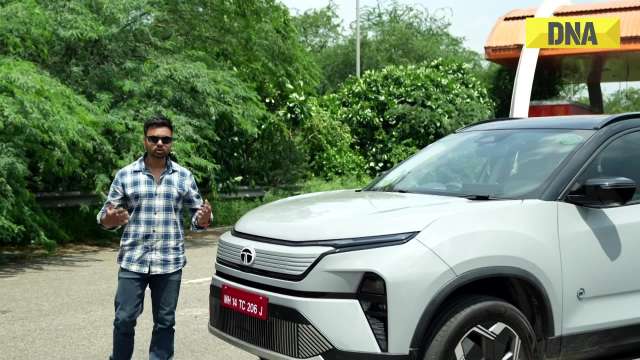 Tata Harrier EV Review | Most Advanced Electric SUV from Tata?
Tata Harrier EV Review | Most Advanced Electric SUV from Tata? Vida VX2 Plus Electric Scooter Review: Range, Power & Real-World Ride Tested!
Vida VX2 Plus Electric Scooter Review: Range, Power & Real-World Ride Tested! MG M9 Electric Review | Luxury EV with Jet-Style Rear Seats! Pros & Cons
MG M9 Electric Review | Luxury EV with Jet-Style Rear Seats! Pros & Cons Iphone Fold: Apple’s iPhone Fold Could Solve Samsung’s Biggest Foldable Problem | Samsung Z Fold 7
Iphone Fold: Apple’s iPhone Fold Could Solve Samsung’s Biggest Foldable Problem | Samsung Z Fold 7 Trump News: Congress Seeks Answers On Trump's Alleged Mediation In Operation Sindoor
Trump News: Congress Seeks Answers On Trump's Alleged Mediation In Operation Sindoor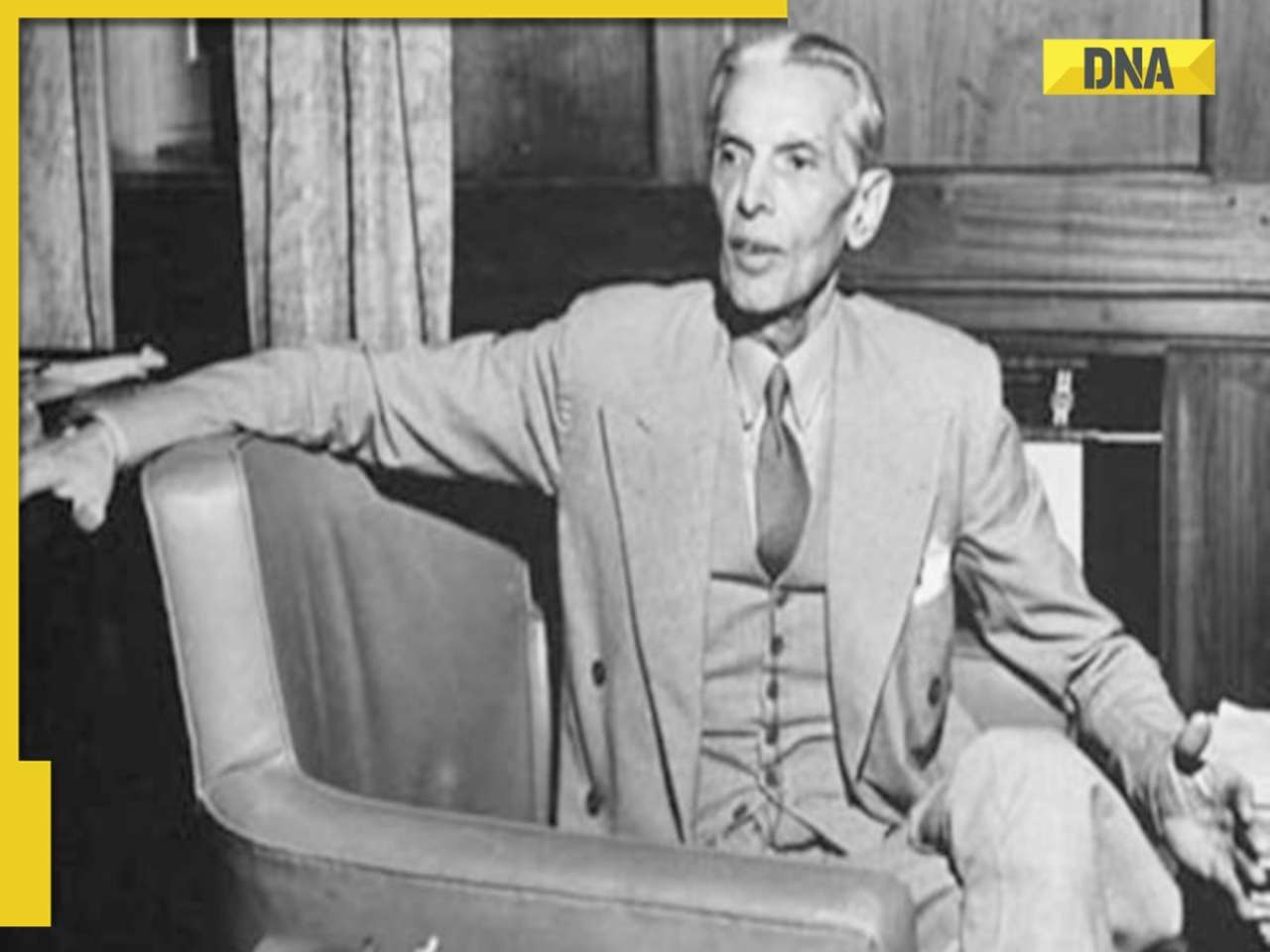 Jinnah wanted THIS Muslim man to be first Finance Minister of Pakistan, he refused, his son is on Forbes list of billionaires
Jinnah wanted THIS Muslim man to be first Finance Minister of Pakistan, he refused, his son is on Forbes list of billionaires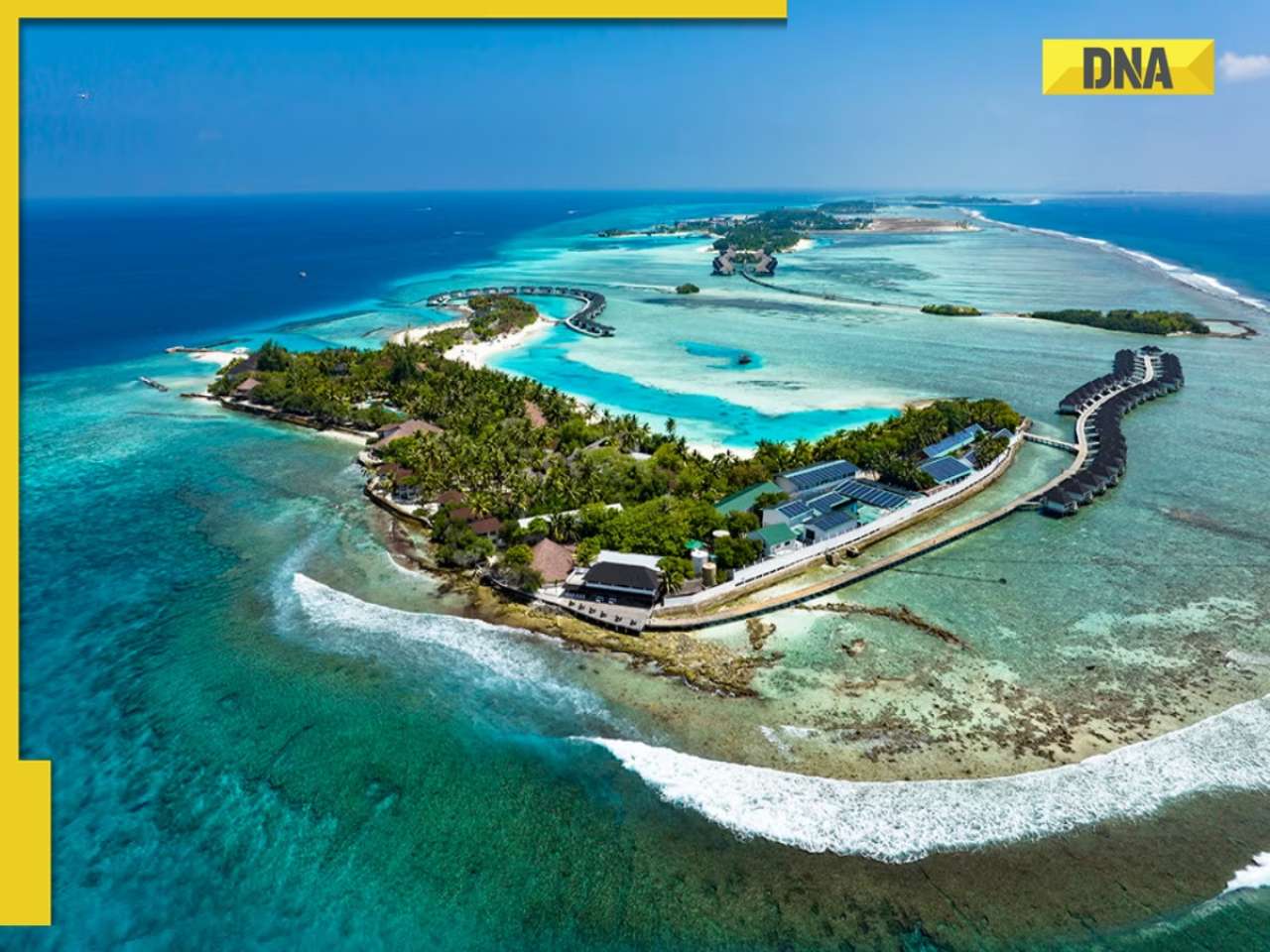 After India-UK FTA, New Delhi to begin talks with THIS country, because...
After India-UK FTA, New Delhi to begin talks with THIS country, because...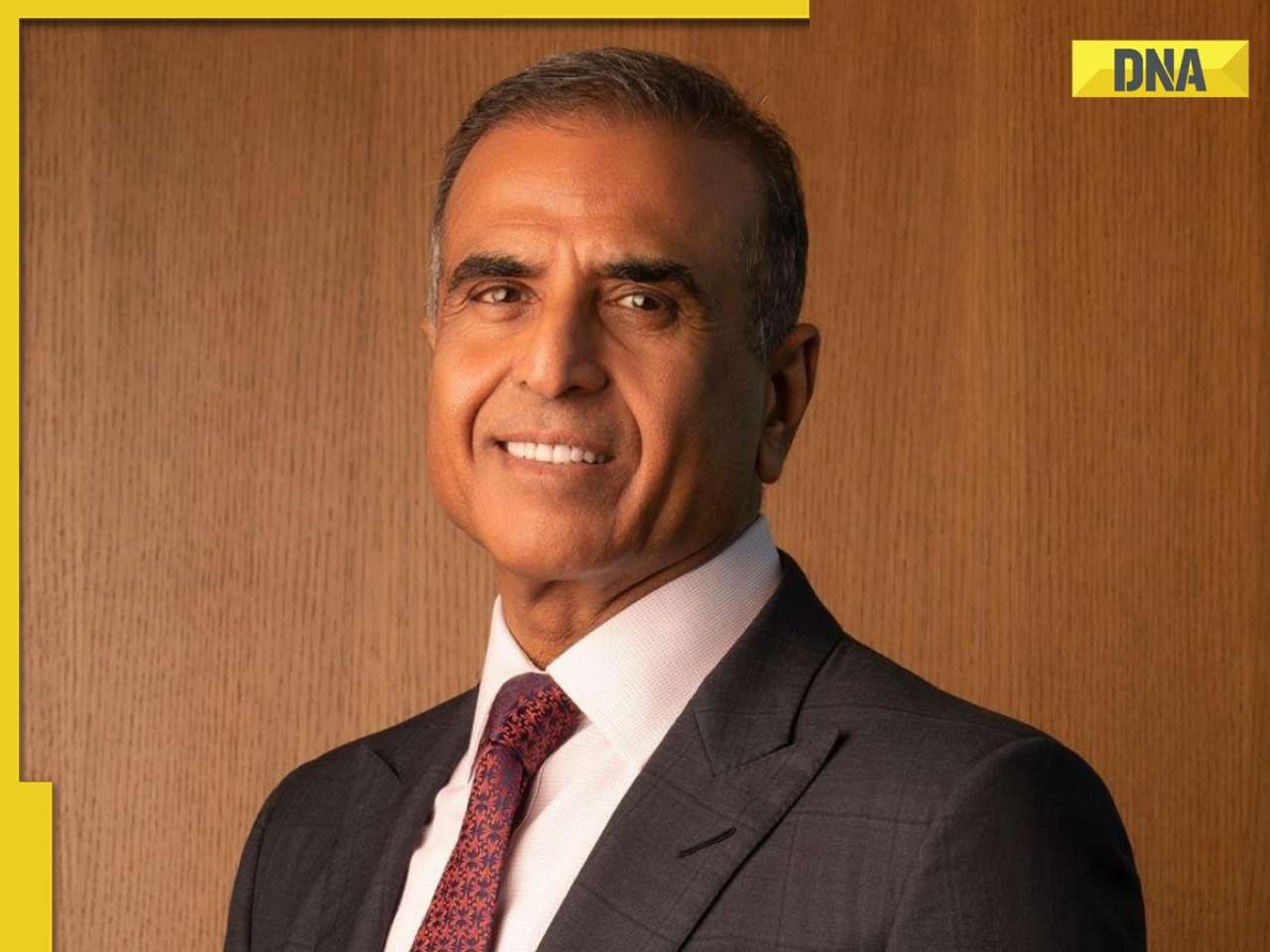 Indian billionaire Sunil Mittal earns Rs 13499163600 profit from this country, not India, UK; net worth reaches Rs...
Indian billionaire Sunil Mittal earns Rs 13499163600 profit from this country, not India, UK; net worth reaches Rs... UPI Alert! New UPI rules to come in effect from..., know how it will affect GPay, PhonePe, Paytm users
UPI Alert! New UPI rules to come in effect from..., know how it will affect GPay, PhonePe, Paytm users 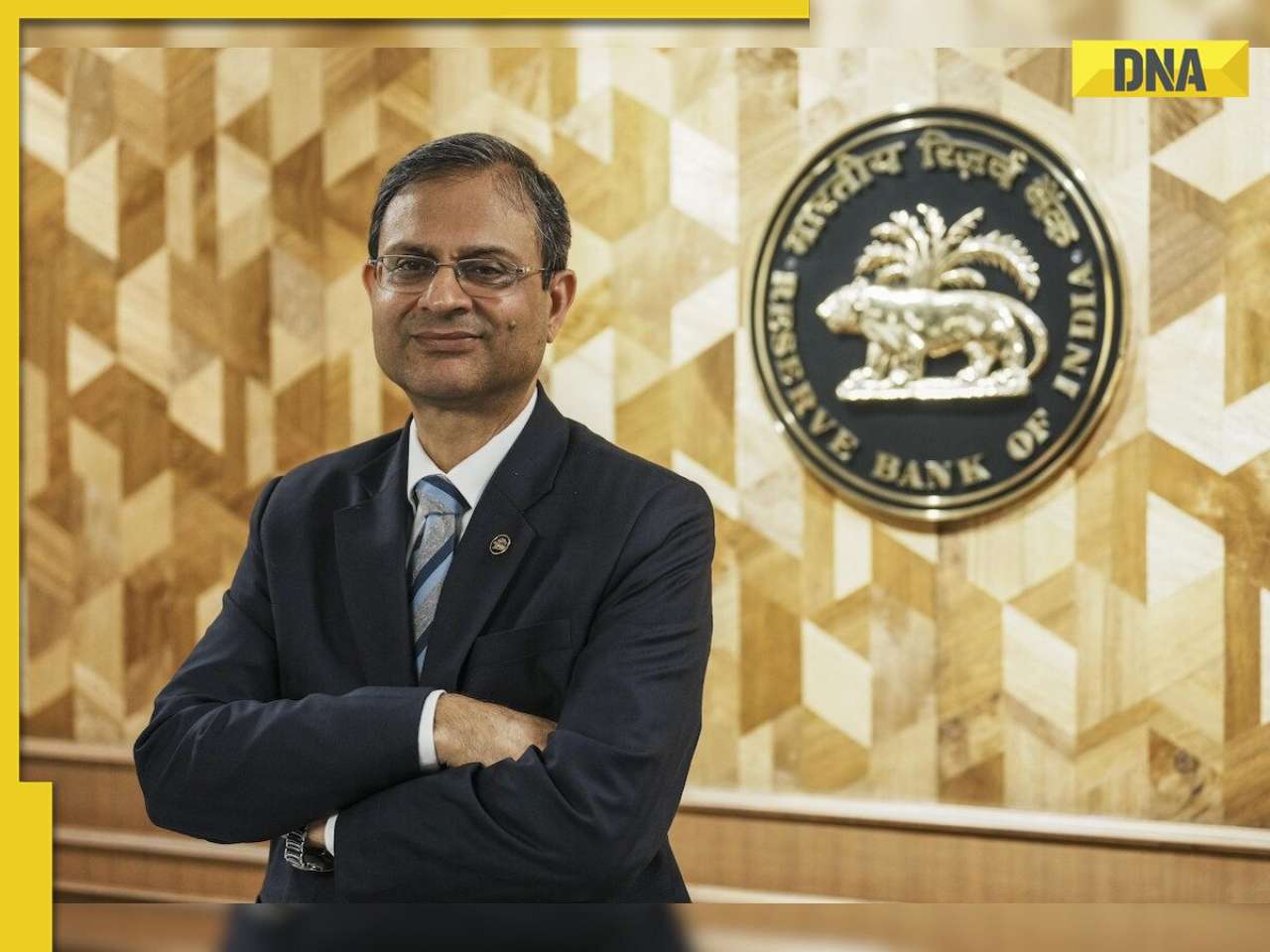 RBI Governor Sanjay Malhotra makes BIG statement on free UPI transactions, says 'some cost...'
RBI Governor Sanjay Malhotra makes BIG statement on free UPI transactions, says 'some cost...' Ashish Chanchlani looks dashing as he drops latest photos from Italy, fans say 'Tom Cruise fail hai aapke saamne'
Ashish Chanchlani looks dashing as he drops latest photos from Italy, fans say 'Tom Cruise fail hai aapke saamne' Are these five vintage car museums in India a must-visit for every automobile lover?
Are these five vintage car museums in India a must-visit for every automobile lover? Riddhima Kapoor Sahni looks dreamy in pastel gold embroidered ensemble as she walks for Suneet Varma at IWC 2025; SEE PICS
Riddhima Kapoor Sahni looks dreamy in pastel gold embroidered ensemble as she walks for Suneet Varma at IWC 2025; SEE PICS Malaika Arora grabs attention with her street style moment, dons oversized denims, white tank top, luxurious mini bag worth Rs…
Malaika Arora grabs attention with her street style moment, dons oversized denims, white tank top, luxurious mini bag worth Rs… Raksha Bandhan 2025: Bollywood's sweetest 'muh-bole' sibling bonds that celebrate rakhi beyond blood
Raksha Bandhan 2025: Bollywood's sweetest 'muh-bole' sibling bonds that celebrate rakhi beyond blood This company bags Rs 2000 crore contract from Defence Ministry for...; not HAL, Mazagon Dock
This company bags Rs 2000 crore contract from Defence Ministry for...; not HAL, Mazagon Dock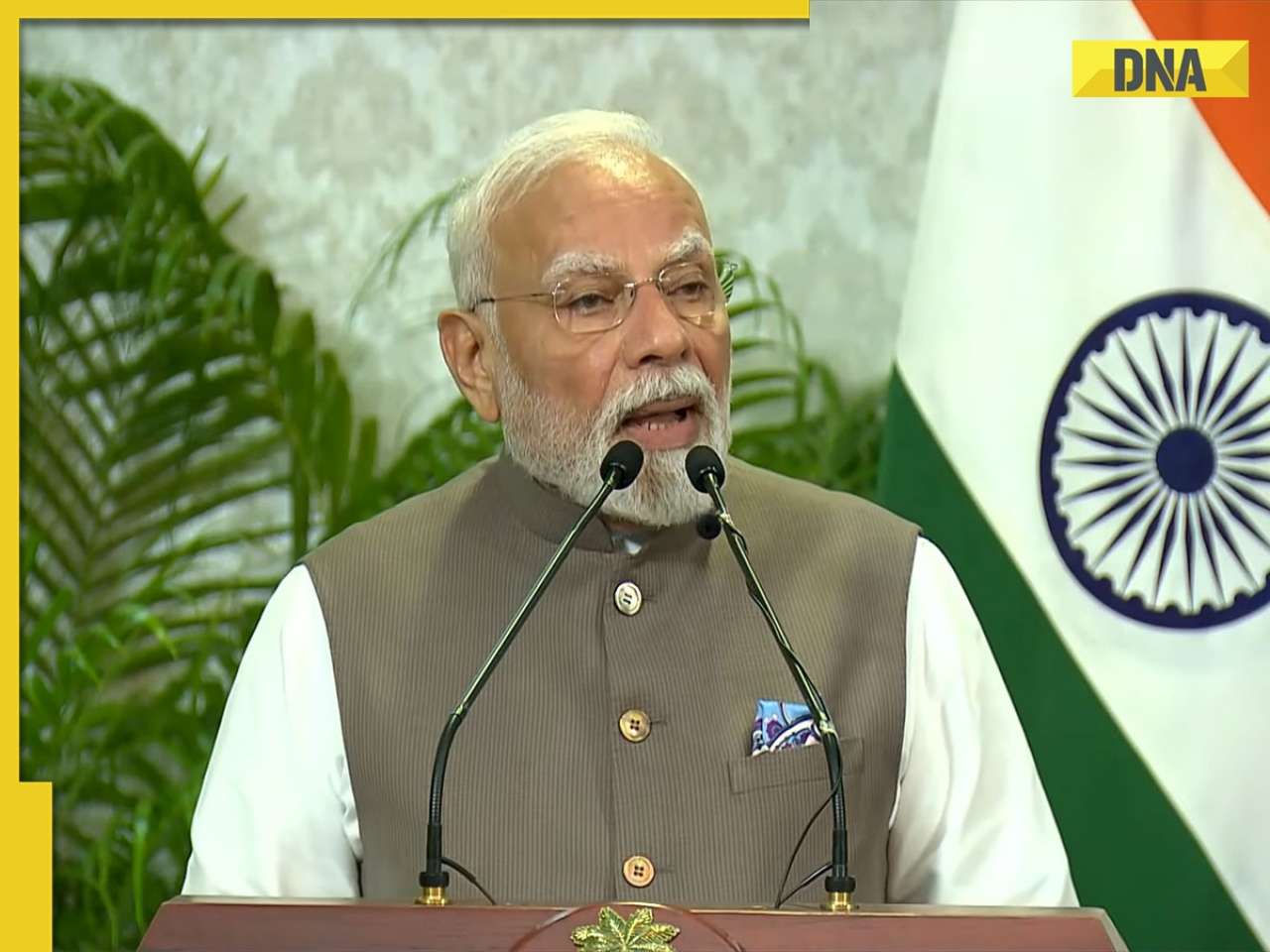 PM Modi's BIG message to Maldives, says, 'Whether it's a disaster or...'
PM Modi's BIG message to Maldives, says, 'Whether it's a disaster or...'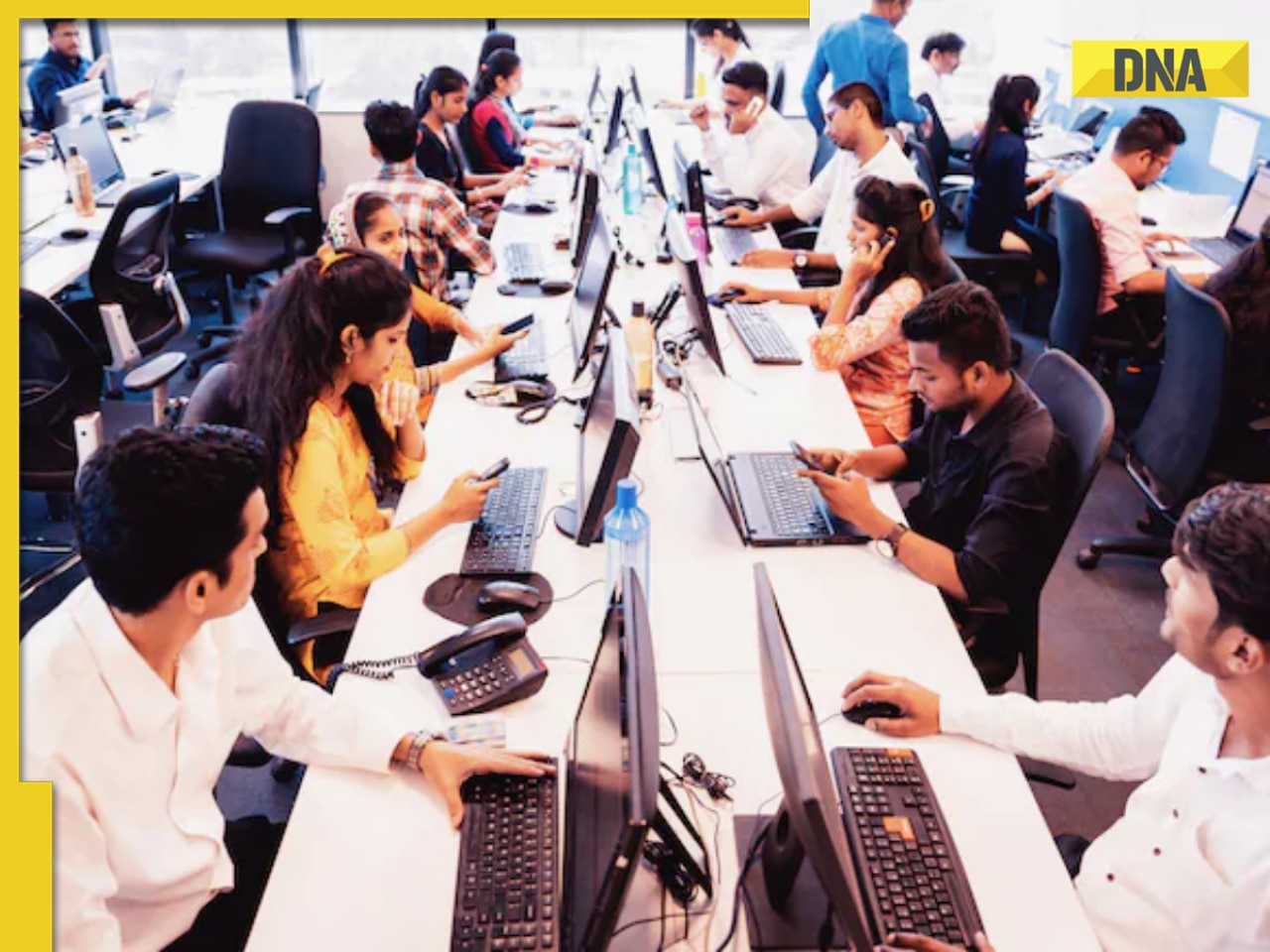 Good news for first-time employees, set to get Rs…; check eligibility and other details
Good news for first-time employees, set to get Rs…; check eligibility and other details Air India sees another mid-air scare as Mumbai-bound flight returns to Jaipur minutes after takeoff due to...
Air India sees another mid-air scare as Mumbai-bound flight returns to Jaipur minutes after takeoff due to...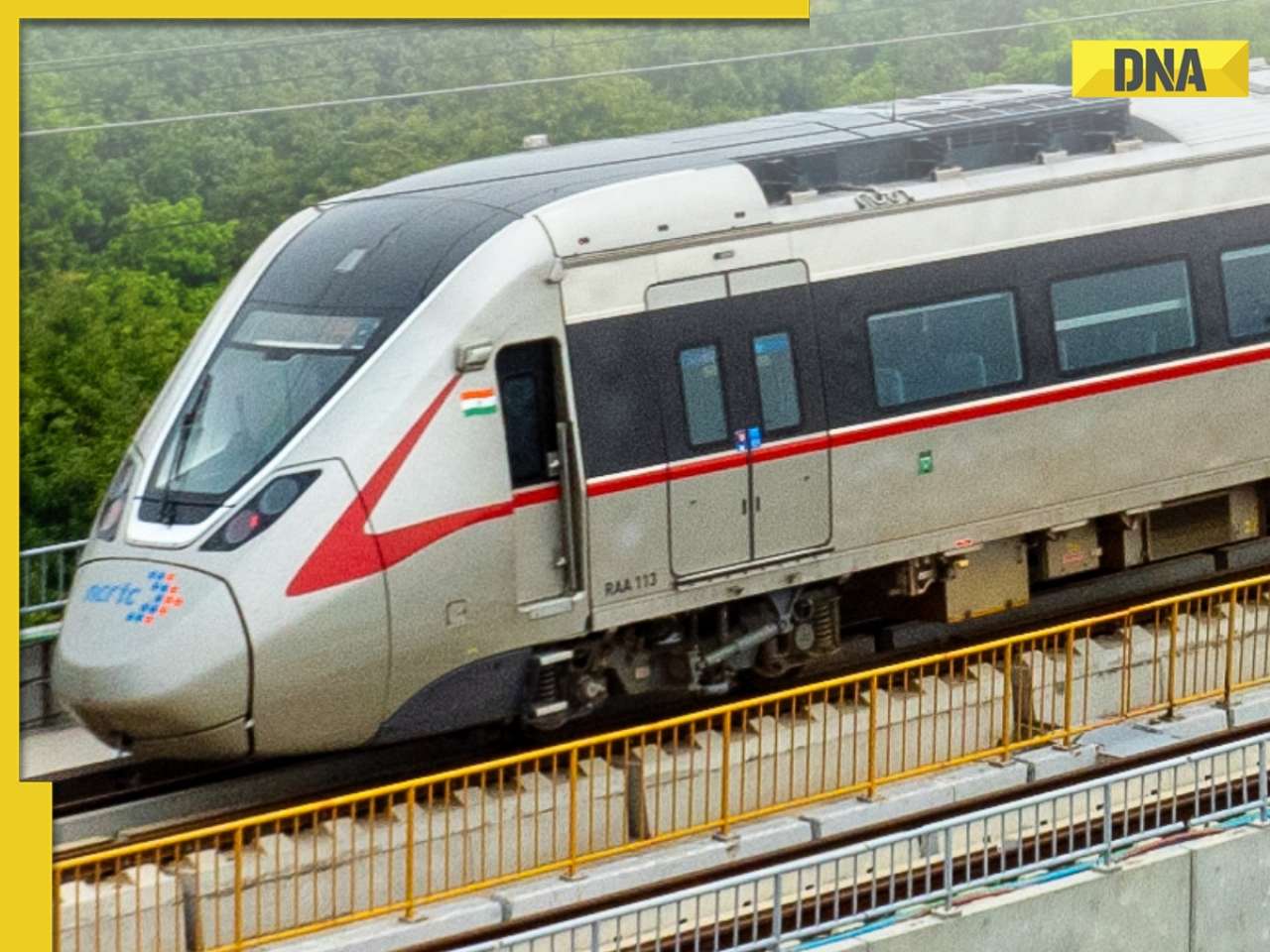 Delhi-Meerut RRTS: Namo Bharat train timings changed for July 27 due to...; to start at...
Delhi-Meerut RRTS: Namo Bharat train timings changed for July 27 due to...; to start at... Meet Nilufa Yasmine, who topped UGC NET June exam, failed twice before scoring a perfect 100, she is from...
Meet Nilufa Yasmine, who topped UGC NET June exam, failed twice before scoring a perfect 100, she is from... Meet woman, daughter of vegetable vendor who cracked UPSC, her mother mortgaged gold for her education, her AIR is…
Meet woman, daughter of vegetable vendor who cracked UPSC, her mother mortgaged gold for her education, her AIR is… Meet woman, who cracked IIT with full-time job, secured impressive AIR of...; now works at Bill Gates' Microsoft as...
Meet woman, who cracked IIT with full-time job, secured impressive AIR of...; now works at Bill Gates' Microsoft as... Meet woman, couldn't speak English, once worked at Ratan Tata's TCS, cleared ISRO, BARC exams; later cracked UPSC with AIR..., she is...
Meet woman, couldn't speak English, once worked at Ratan Tata's TCS, cleared ISRO, BARC exams; later cracked UPSC with AIR..., she is... Meet woman, 'beauty with brain', who left medical studies, cracked UPSC exam not once but twice with AIR..., she is from...
Meet woman, 'beauty with brain', who left medical studies, cracked UPSC exam not once but twice with AIR..., she is from... Maruti Suzuki's e Vitara set to debut electric market at Rs..., with range of over 500 km, to launch on...
Maruti Suzuki's e Vitara set to debut electric market at Rs..., with range of over 500 km, to launch on... This is world’s most expensive wood, cost of 1kg wood is more than gold, its name is..., is found in...
This is world’s most expensive wood, cost of 1kg wood is more than gold, its name is..., is found in... This luxury car is first choice of Indians, even left BMW, Jaguar, Audi behind in sales, it is...
This luxury car is first choice of Indians, even left BMW, Jaguar, Audi behind in sales, it is... Kia India unveils Carens Clavis: Check features, design changes, price and more; bookings open on...
Kia India unveils Carens Clavis: Check features, design changes, price and more; bookings open on... Tesla CEO Elon Musk launches most affordable Cybertruck, but it costs Rs 830000 more than older version, it is worth Rs...
Tesla CEO Elon Musk launches most affordable Cybertruck, but it costs Rs 830000 more than older version, it is worth Rs...




)
)
)
)
)
)
)
)
)
)
)
)
)
)
)
)

